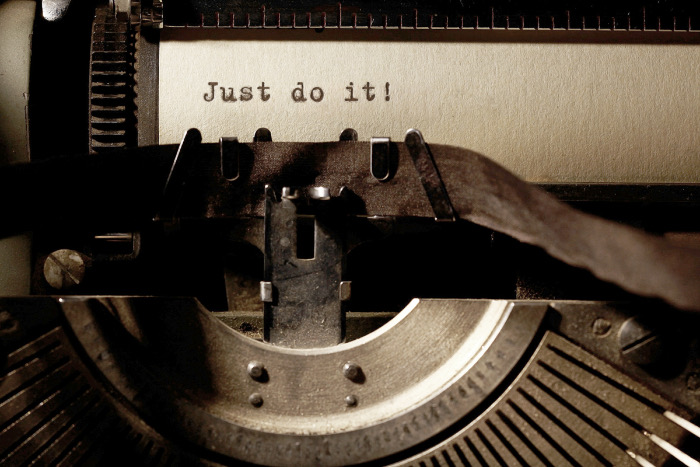
I take hundreds, if not thousands, of photos but keep only a handful. The selection is an exercise of self-restraint. Photos of flowers or other static subjects are easier to delete but wildlife? It’s not easy. You cannot predict whether the animals or birds would come, and if they come, what they’d do. Getting good quality and interesting photos of wildlife is challenging. So, when I finally get some images, I find it hard to delete them. (Besides, squirrels are so cute that it’s almost impossible to delete any photos!).
But this is nothing compared to deleting something I have written.
“Kill your darlings.” Of course, I’ve read about it* and wholly agreed with it, especially in other writers’ works. But, oh, so hard to do in one’s own text! I loved a short story I had waved at the beginning of the chapter I was working on, and it broke my heart to delete it. But it had to be done; it was good, but it had no place in that chapter. But there’s a Band-Aid for your bruised little scribbler’s soul: create a Slush File.
A Slush File?
What’s a slush file, you ask. This is where the killed darlings go, or all seducing ideas unrelated to your current work. Don’t have the heart to delete a clever paragraph? Remove it from the text and save it in a separate document. See, you can still eat your cake and have it! Your text will thank you, and you’d still have your fabulous fragment. You may even use it another day; have a glance at your slush file a few chapters later, and you may save yourself some typing. Who knows?
Or: got a great idea for a different project? Write it down quickly and return to the project you were working on. Once you’ve finished it, visit the slush file, and pick a new project. The idea is not to go chasing new shiny things but to stay focused on whatever you were working on at the time. Get rid of that thought quickly, good as it was, and go back to work.

Keep It Simple
My slush file is very straightforward: a folder called Slush (duh!) in the Scrivener document I’m currently working on, and a simple bullet point list in Apple’s Notes app for ideas and new projects, points grouped by project. Something like this:
- End of the world story, a prepper & his cousin.
- “Prepper John” has a so-called shack middle of nowhere, in fact, a well-stored bunker. Remote island?
- Cousin (she), a journalist, meets him at the shack for an interview on prepping.
- Zombies.
I keep the Notes app easily accessible on my phone’s home screen. I don’t need to search for it or open folders and files. As soon as I get one of those tempting ideas, I just write it down quickly in Notes and resume whatever I was doing at the time.
Once I’m done with the project, I transfer the remaining Slush text fragments to a Word document called Slush. Obviously.
* About killing your darlings. The saying has been attributed to many authors, from Oscar Wilde, Eudora Welty, and William Faulkner to G.K. Chesterton, Chekhov, and Stephen King.
King leads this attribution game nowadays, very likely due to this sentence from his excellent book On Writing: “Kill your darlings, kill your darlings, even when it breaks your egocentric little scribbler’s heart, kill your darlings.”
Most scholars point to British writer Sir Arthur Quiller-Couch.“If you here require a practical rule of me, I will present you with this: ‘Whenever you feel an impulse to perpetrate a piece of exceptionally fine writing, obey it—whole-heartedly—and delete it before sending your manuscript to press. Murder your darlings.’”, he wrote in his book On the Art of Writing.
Related Posts
If you liked this post, share it on your preferred social network or forward it to a friend.




